In recent times, a lively debate has sparked among Jamaicans and Caribbean music fans, following Shenseea’s exploration of rap in her new music video “Beama.” With this shift, some have argued that she should remain true to her Dancehall roots. However, a closer look at the relationship between Hip Hop and Dancehall reveals that Shenseea’s transition is less of a departure and more of a natural progression. Yes, Hip-Hop and dancehall are more closely related than a lot of people know. Here are nine indicators that Hip-Hop is a direct descendant of Dancehall and Reggae music, not just a distant cousin:
1. Hip-Hop’s founding father is a Jamaican:
The man regarded as Hip-Hop’s most prominent founding father – DJ Kool Herc – is a Jamaican immigrant. He was born in Kingston Jamaica and migrated to New York as a pre-teen. DJ Kool Herc grew up around dancehall music and built the first Hip-Hop beats from dancehall sounds and techniques. His technique of playing the same record on two turntables and extending the break, is heavily influenced by Jamaican sound system culture. Other founding fathers of Hip-Hop were also of Caribbean descent and were heavily influenced by Caribbean genres such as reggae, dancehall and even soca music.
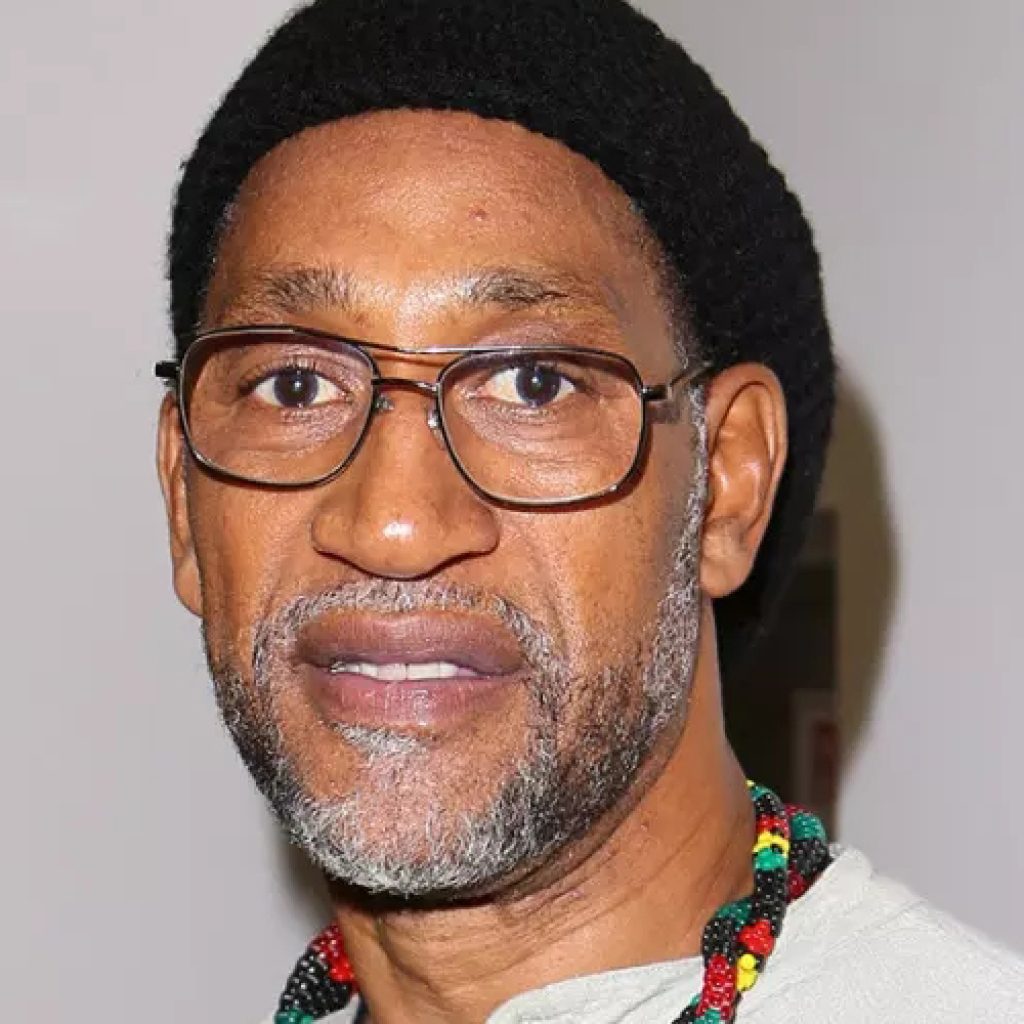
2. Roots in the Sound System Culture:
Both Hip Hop and Dancehall originated from the sound system culture, with DJs in Jamaica toasting over music, a precursor to rapping in Hip Hop.
3. Break Beats and Versioning:
The concept of break beats in Hip Hop, isolating and looping danceable parts of songs, mirrors the Jamaican practice of creating ‘versions’ – instrumental remixes used as backdrops for toasts.
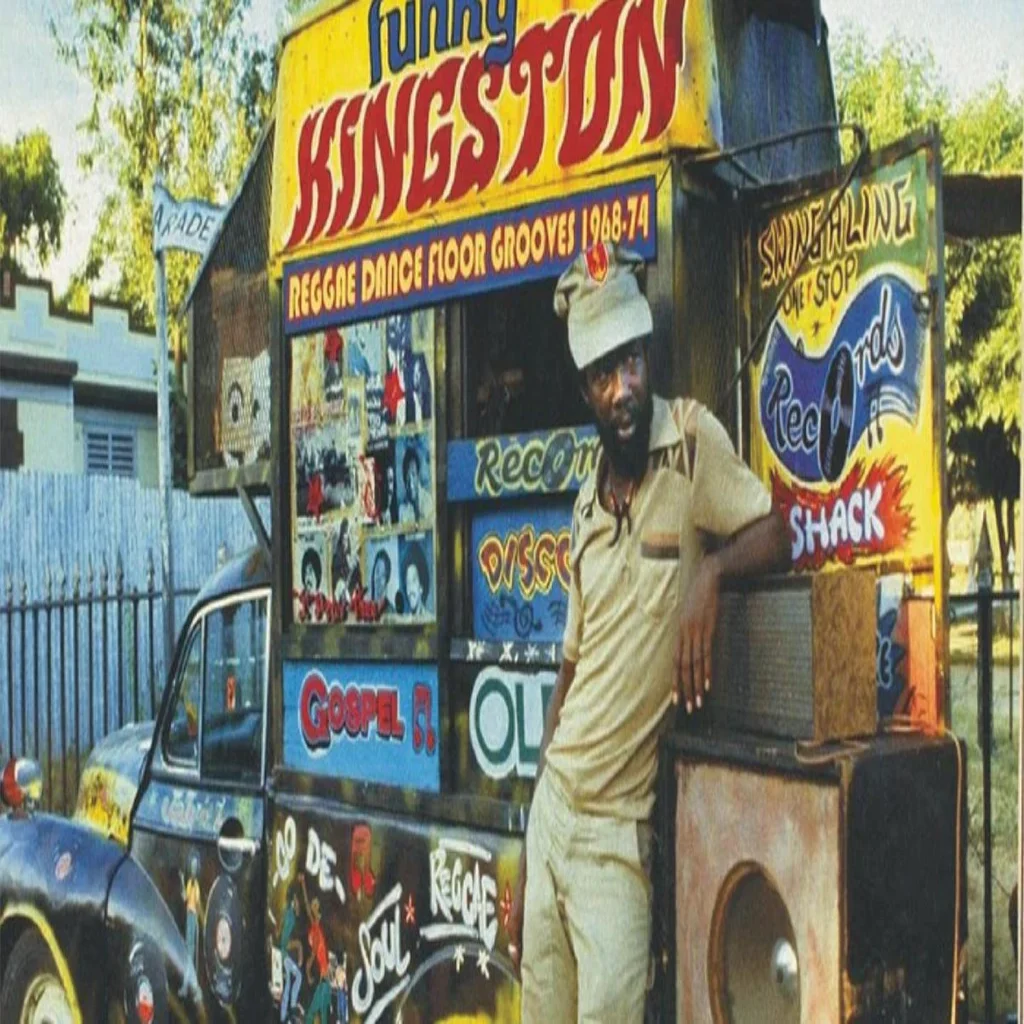
4. Bass-Driven Rhythms:
The signature heavy bass lines in both genres highlight a direct lineage from Reggae and Dancehall to Hip Hop.
5. Street Culture and Social Commentary:
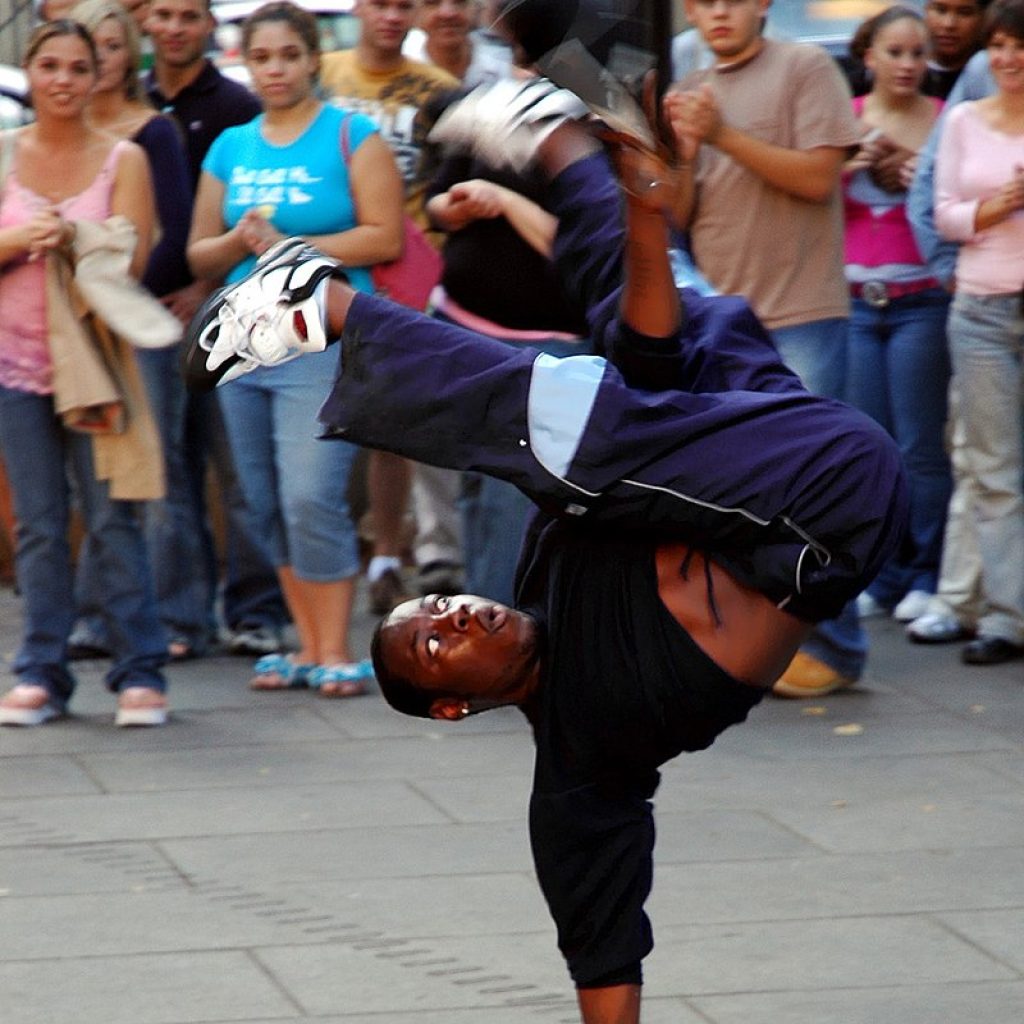
Emerging as voices for the marginalized, both genres share themes of social injustice and life in the streets, offering a raw look at the artists’ realities.
6. DJ and MC Dynamics:
The relationship between the DJ and MC, central to both genres, originated in Jamaican music and was adopted by early Hip Hop.
7. Battling and Sound Clashes:
The culture of battling in Hip Hop, with MCs lyrically dueling, is akin to sound clashes in Dancehall, where DJs compete over sound systems and toasting skills.
8. Adaptation and Evolution of Language: Both genres have influenced linguistic styles, with unique slangs and rhythmic speech patterns, becoming defining characteristics of their respective cultures.
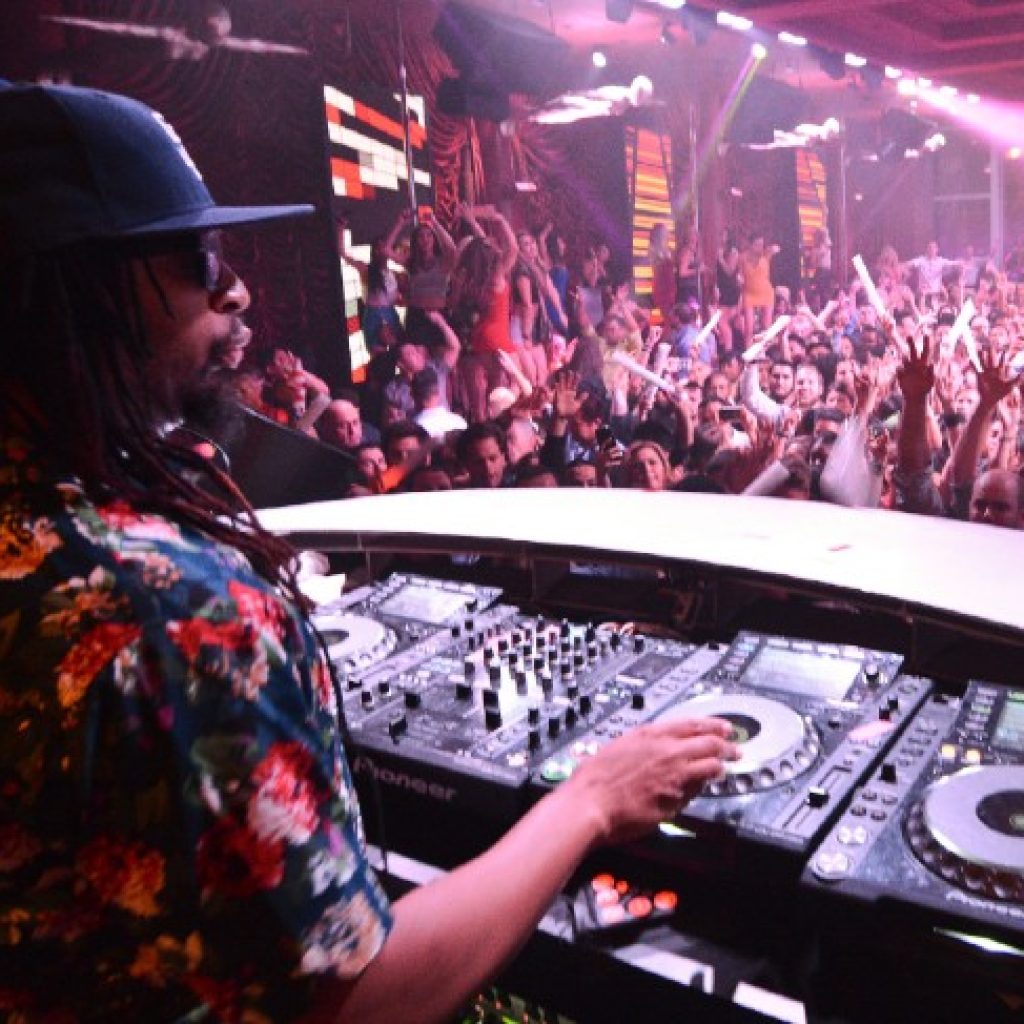
9. Reggae and Dub Techniques in Sampling:
Hip Hop’s extensive use of sampling is rooted in Reggae and Dub music. Dub music’s pioneering use of studio effects and remixing laid the groundwork for sampling methods in Hip Hop.
Shenseea’s exploration of rap and Hip-Hop elements in her music can be seen as ‘visiting family’ rather than leaving her community. Just as DJ Kool Herc bridged Jamaican sound system culture with the burgeoning Hip Hop scene, Shenseea’s musical experimentation is a continuation of this rich, intertwined heritage. It’s a testament to the fluidity and ongoing dialogue between these closely linked genres, demonstrating that the evolution of music often involves revisiting and reimagining one’s roots.
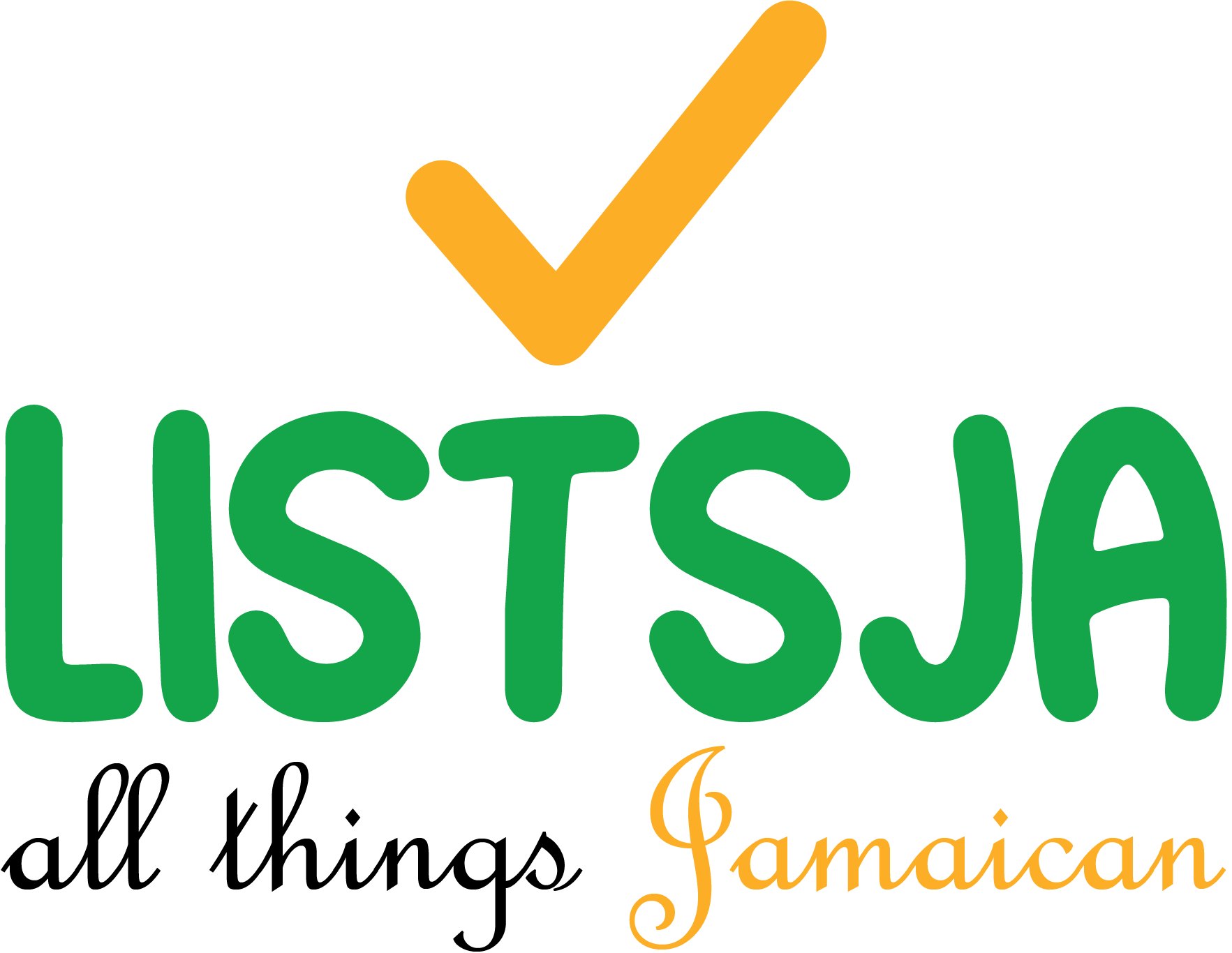
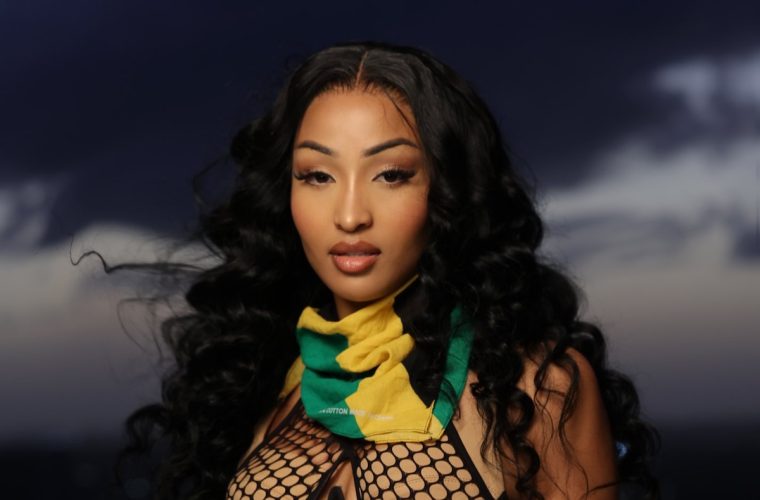


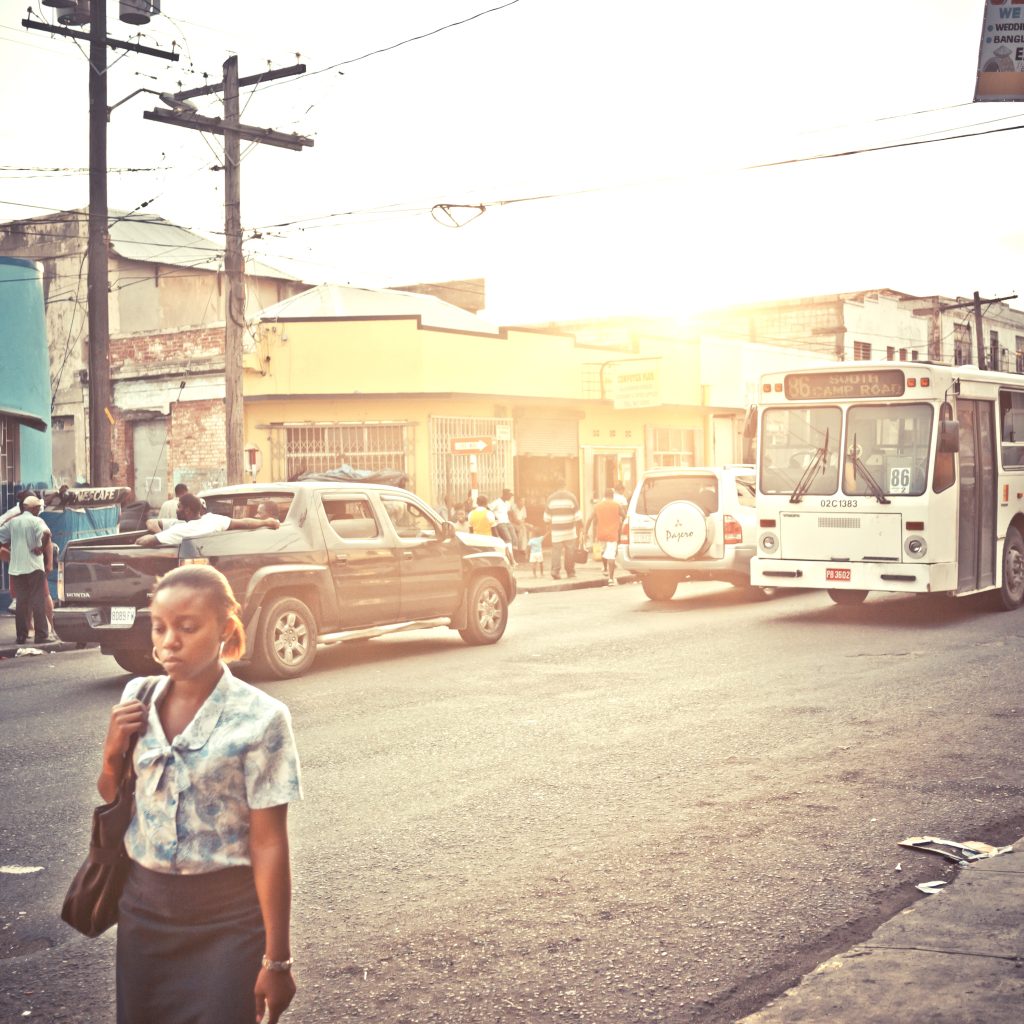
12 Comments
fashionflag how to download 4k porn fashionflag.WLWgxHm8fq0
ladyandtherose BDSM porn backlinkseox.GJGViQlgaxq
jenniferroy 乱交ポルノ japanesexxporns.dXN7REpeQ5D
landuse Big cock porn lancdcuse.rjkJ9BOz575
falbobrospizzamadison Hardcore porn jkkıjxxx.ZyXGoV0MJ9k
समूहमैथुनम् qqyyooppxx.lfU2y9DF3Za
खिलौना अश्लील बा hjkvbasdfzxzz.HheZwQUqxBQ
गुदा अश्लीलता txechdyzxca.g71vvt2pV3c
मिश्रित अश्लीलता hkyonet.qDDWCxofCPt
milf ਪੋਰਨ madisonivysex.5FgRyHPeo1D
ladesbet funny ਸੈਕਸ ਪੋਰਨ ladesinemi.kL3DUDBwCk3
ladesbet 巨根ポルノ ladestinemi.p42sUWKqQEv